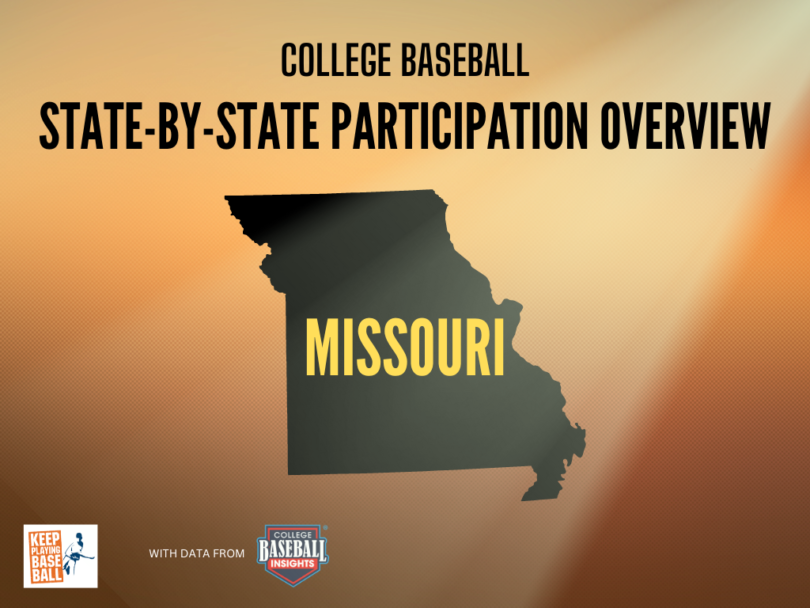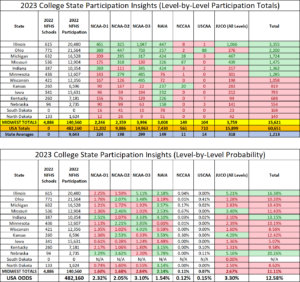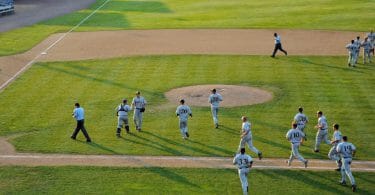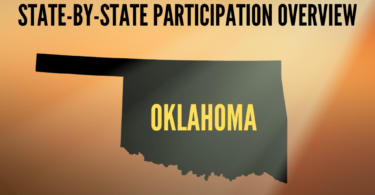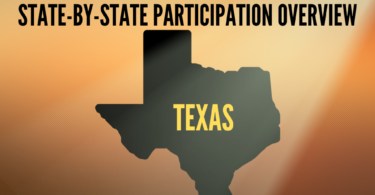You’re interested in playing college baseball, but what are your chances of making it to the next level? While many tout national probability as gospel, it turns out your odds of playing at the next level vary greatly depending on where you live.
If you live in Missouri and are wondering what percentage of high school graduates from your state play at each college level and where they are playing, you’ve come to the right place. In this article, we team up with our friends at College Baseball Insights to provide you with state-level overview of your chances to play at the next level.
You can see an overview of our resources, methodology, and limitations on our College Baseball Participation Overview Main Page, as well find overviews on other states and regions.
Missouri by the Numbers
In the table below, you’ll see how many high school players from Missouri are playing at each level of college baseball, the probability of playing at each college level, and how Missouri compares nationally and to other states in the Midwest Region. You can see the complete Midwest breakdown HERE.
Where Are They Playing?
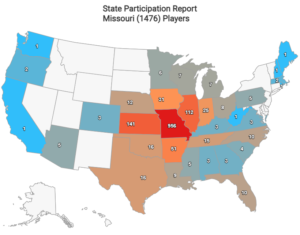
Missouri Players by Division (1476)

Image and data credit: College Baseball Insights
The Breakdown
Overall, the college baseball outlook for Missouri high school graduates across all college levels (11.43%) is better than the Midwest region average (11.11%), but worse than the national average (12.58%). Missouri is above the national average at sending players to the D2 and NAIA levels thanks to numerous in-state options at each level (12 and 13, respectively). It is also above average at sending players to the junior college ranks. This is a product of having 11 programs in-state and 19 in neighboring Kansas. 66 current JUCO players from Missouri are playing in Kansas’ Jayhawk Community College Conference. Also helping to buoy Missouri’s overall numbers is the 87 players it sends to play in the NCCAA level. That is third behind only Texas and Florida.
Want to see additional states and regional breakdowns? Find them HERE.
Limitations
This article was written with data and insights from 3rd party sources, College Baseball Insights and NFHS High School Participation Data. Data and insights are subject to revision and/or change. We’ve attempted to display as accurate a picture as possible with the information that is available. Readers should be aware that college baseball roster data is fluid and changes throughout the year. Every attempt is made to reconcile data and keep up with changes, but this article may not reflect the changes or updates from 3rd parties. Insights cannot account for gap year programs, misreported roster information, or other inaccuracies which may slightly alter the numbers and percentages used in this article. Insights are subject to change and are based on best available information.

